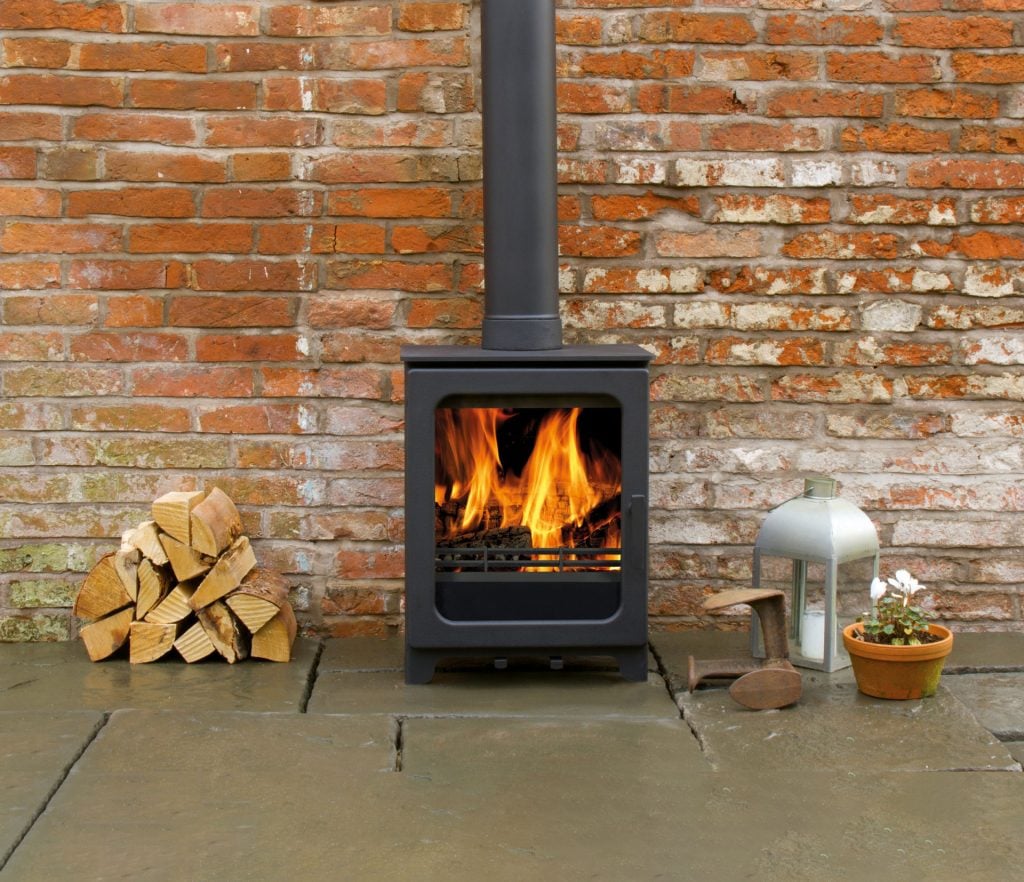Want to find yourself a wood burner but not sure where to go? The stresses of environmental impacts can halt your decision making. Let’s dig further into this and find out what’s what.
Those heating a typical home with a gas boiler, will find they create 3280kg of carbon dioxide a year. However, these numbers drop significantly to 2946kg a year when a user has both gas and smokeless fuel to heat the home. Furthermore, this number lowers again to 2719kg when homeowners use gas and dry wood.
A study discovered that burning wood or smokeless fuel generates air pollution, unlike gas central heating. This happens because combustion releases particles like PM2.5 and PM10, along with nitrogen and sulphur oxide gases.
According to the study, burning Ecoal leads to £71 worth of environmental damage annually, even when the stove used adheres to Government EcoDesign rules. These rules establish pollution limits for log stoves, and only stoves meeting these criteria have been sold since January 2022.
Burning wood in an EcoDesign stove results in £77 of environmental impact, but climbs to an astonishing £569 if the stove is older and doesn’t meet the Government’s standards. In contrast, the use of a Euro 5 diesel car causes an average environmental impact of £178 per year.
Jason Sutton, the chief executive of Homefire, emphasized the importance of solid fuel stoves when used correctly with the appropriate user, fuel, and appliance. He highlighted their value as a crucial element in many households’ domestic energy mix.
In conclusion to this, using appropriate fuels and installing only eco design stoves will lessen the negative environmental impact. Additionally, you will get the most benefit from your stoves when used and cared for correctly.



